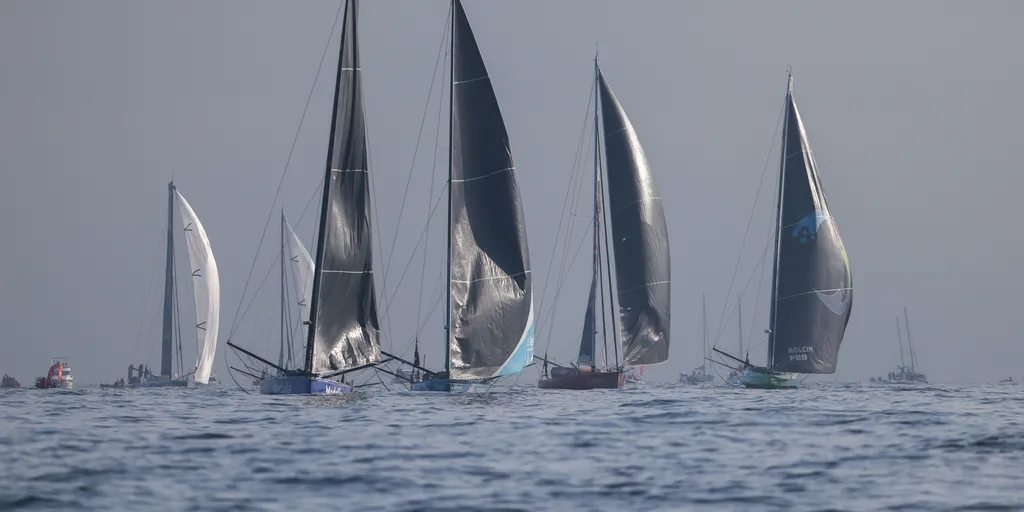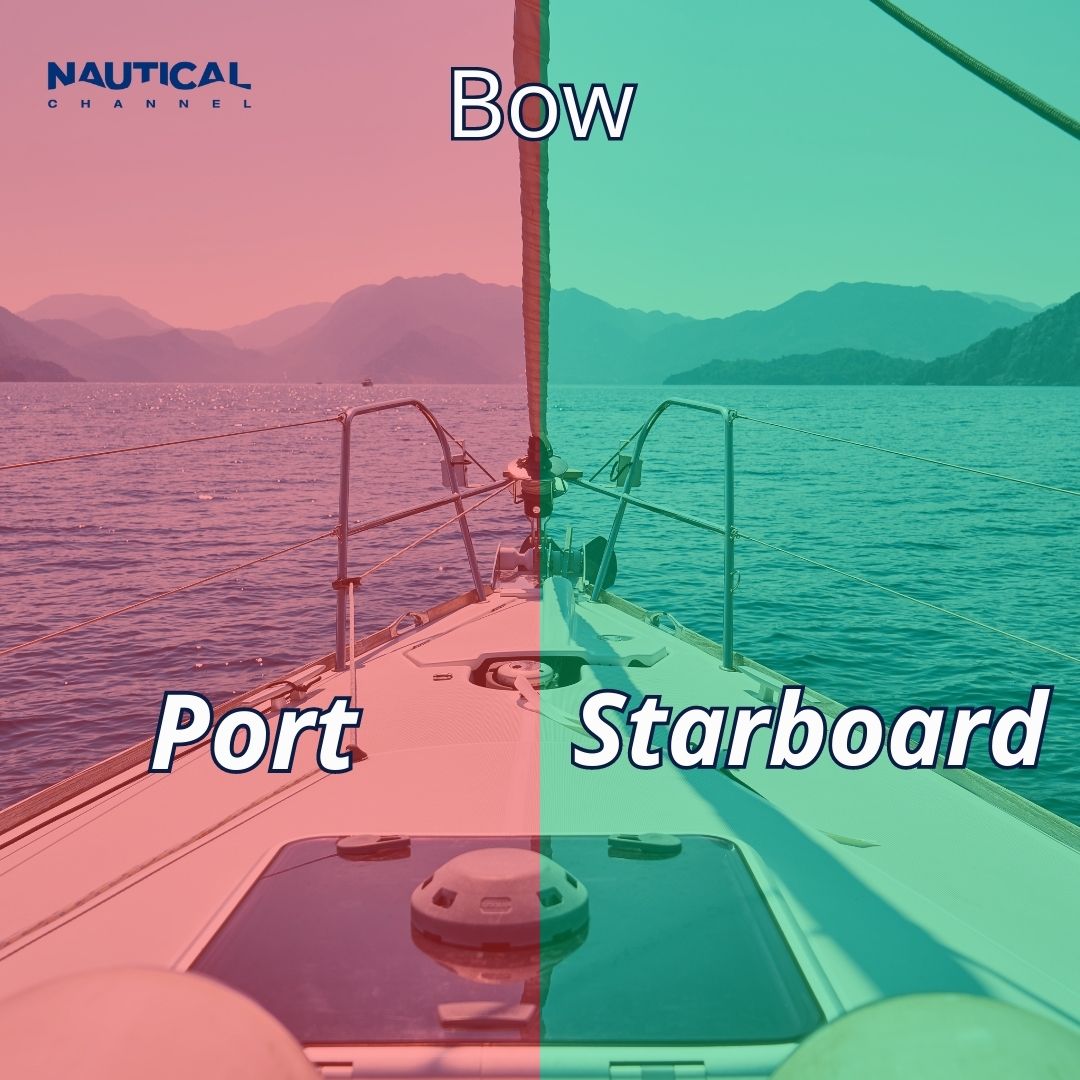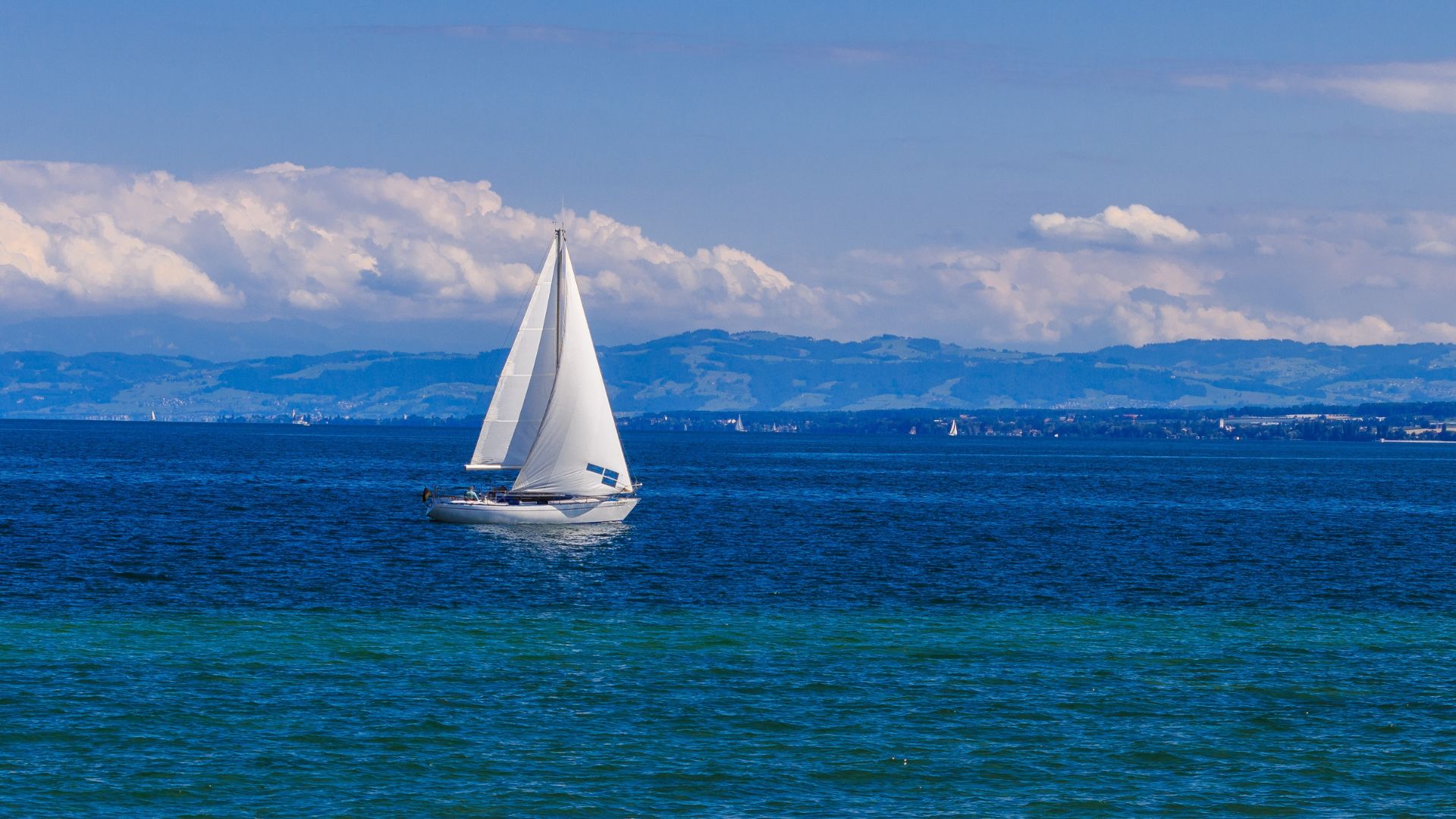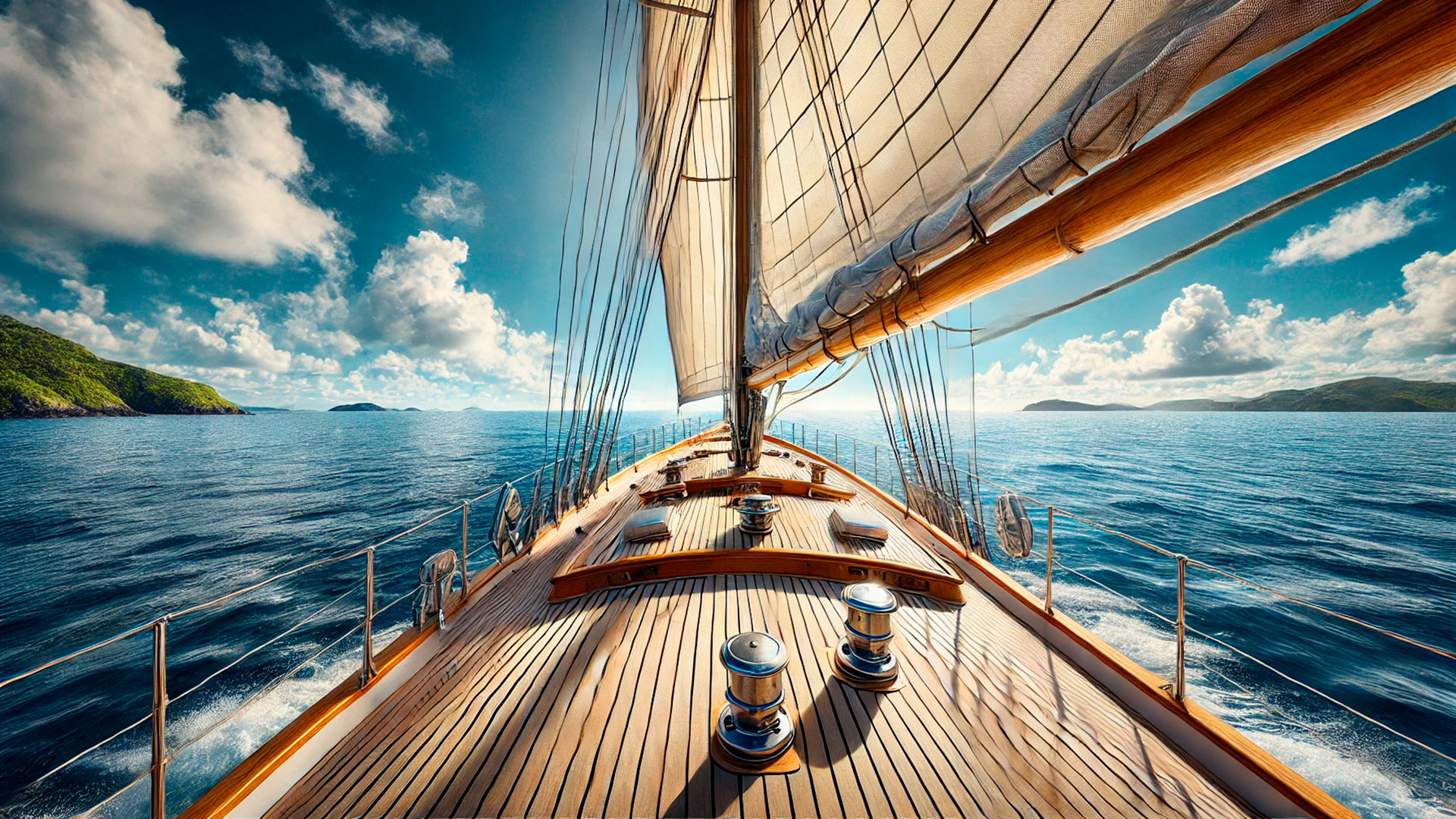
Port and starboard: Which side is which?
In this article, we provide you with a complete guide to understand which side is which, its historical origin and its relevance in today's navigation.
When we enter the world of navigation, it is essential to understand the specific terminology used in this discipline. One of the most basic and fundamental concepts is to distinguish between "starboard" and "port". These terms, which date back to antiquity, are still essential in modern navigation.
What is port side?
When we talk about port side of a ship, we refer to the left side of the ship, taking the bow as a reference, looking from the stern.
In the past, it was common to find the rudder on the right side of the ship, so it was usually docked on the opposite side, the left side, that is, on the port side.
What is starboard?
It is the opposite side of port. Starboard is the right side of the boat looking from the stern.
In English, starboard comes from the term stéorbord which combines stéor, meaning to steer, and bord which refers to the side of a ship. This name comes from the fact that, in old ships, as we have just mentioned, the rudder was located on the right side. Hence the name "steer-side of the ship".
How to differentiate port and starboard?
As we have described in the previous sections, the main and simplest difference is that looking towards the bow of the boat (front part), port is left and starboard is right.
This differentiation can be checked by looking at the different navigational elements found on a ship and their location. Generally, to detail different locations, a numbering is used that is usually divided by even numbers, normally starboard (right) and odd numbers to port (left). Thus, when locating specific lights, cabins, emergency exits... it is enough to simply look for a number.
Another of the differential characteristics associated with port and starboard are the lights. It is essential that during navigation at night, port and starboard must be signaled.
Therefore, port is always represented by red lights, while starboard has green lights. In this way, the crews can distinguish whether the vessel is moving away or approaching and know to some extent its movement.
This system of lights is so well known among navigators that it is not only used for ships, but it can also be seen on bridges and port accesses so that vessels know where to navigate.

Port and starboard in practice
The terms starboard and port are used in navigation to indicate directions and locations aboard the vessel. For example, "Turn to port" means to turn to the left.
Another practical use where port and starboard are important is when you meet another vessel and have a relatively small space for both to navigate and maneuver at the same time, in which case there is a preference, as with cars on the road.
For example, a ship on starboard tack has right of way over a ship on port tack. The tack is the part of the side where the hull narrows to form the bow of the ship. This is an essential safety rule to avoid coalitions. That is why, this rule makes sailors say that a ship on starboard tack is the king of the seas. On the other hand, in the case of head-on overtaking, one must always pass from port to port.
In short, starboard and port are essential terms in navigation that refer to the right and left side of a vessel, respectively, facing the bow.
Their historical origin is linked to the ancient use of the rudder on the right side of ships. Although in modern navigation the rudder is no longer on one side only, these terms are still fundamental to effective communication and maneuvering at sea. We hope this guide has helped you clearly understand which side is which, allowing you to sail with confidence and precision.













_v2.svg)
_v2.svg)









_v2.svg)


